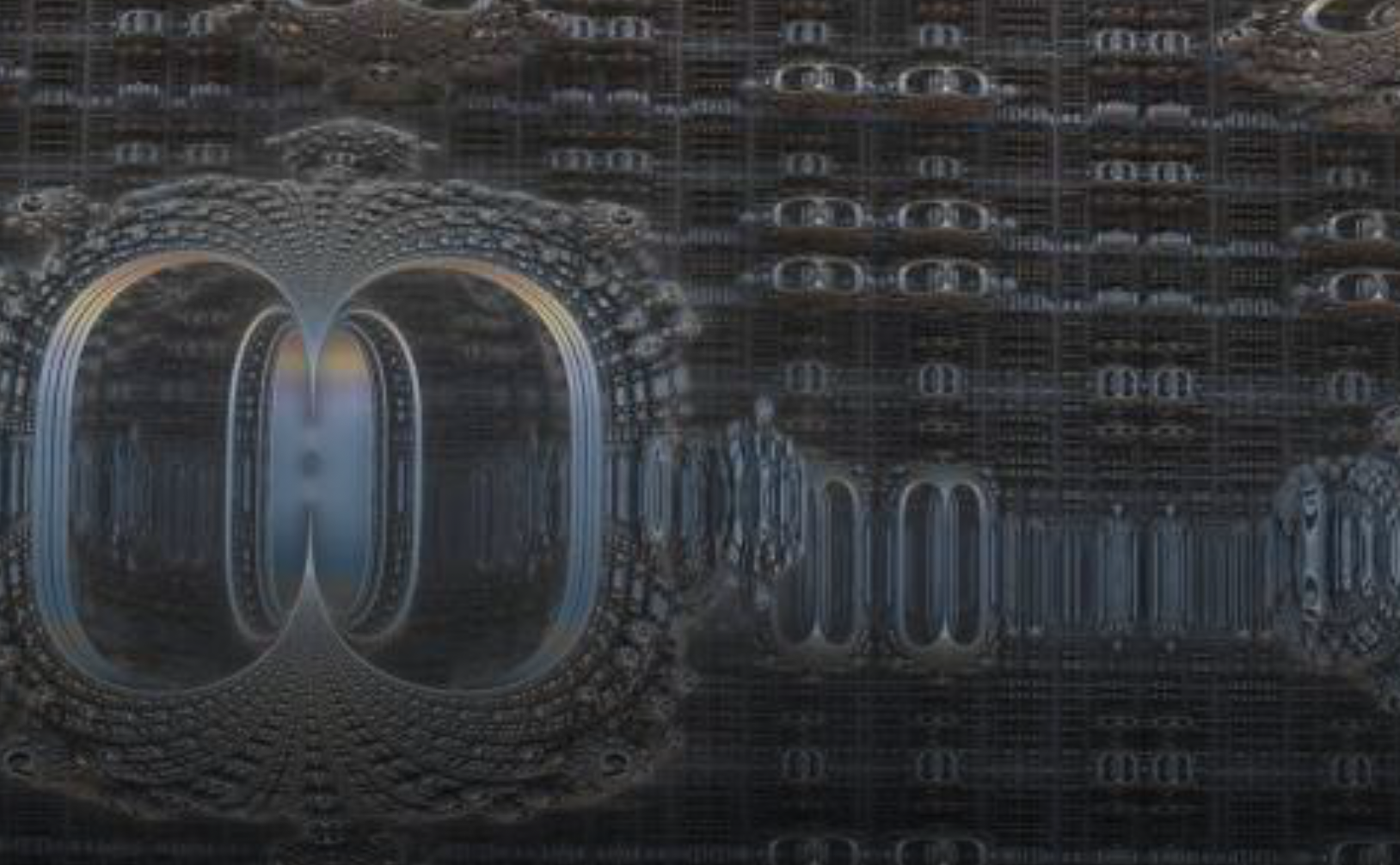Physicists from the Swiss Federal Institute of Technology Lausanne (EPFL) and Columbia University
In a paper published in the journal Nature QuantumInformation, EPFL professor Giuseppe Carleo and Columbia University graduate student Matija Medvidovich have found a way to run a complex algorithm for quantum computing on traditional computers instead of quantum ones.
"Quantum software" knownHow the Quantum Approximate Optimization Algorithm (QAOA) is used to solve classical optimization problems in mathematics. Basically, it is a way of choosing the best solution to a problem from a variety of possible solutions. There is a lot of interest in understanding what problems can be effectively solved by a quantum computer, and QAOA is one of the most visible candidates for this, ”Carleo explained.

AI has been used for the first time to pinpoint quantum errors
QAOA has many supporters, includingGoogle, which is betting on quantum technology and computing in the near future: In 2019, they created Sycamore, a 53-qubit quantum processor, and used it to perform a task that they estimate would take a modern classical supercomputer about 10 thousand. years old. Sycamore completed the same task in 200 seconds.
Using conventional computers, scientists have developeda method that can approximately mimic the behavior of a special class of algorithms known as variational quantum algorithms, they are methods of determining the lowest energy state, or "ground state" of a quantum system. QAOA is one of the important examples of such a family of quantum algorithms, which, according to researchers, are among the most promising candidates for "quantum advantage" in computers in the near future.
The approach is based on the idea thatmodern machine learning tools can be used to train and emulate the inner workings of a quantum computer. The key tool for these simulations is the Neural Network Quantum States, an artificial neural network that Carleo developed in 2016 with Mathias Troyer and is now being used for the first time in QAOA simulation.
Read more:
See how a black hole begins to destroy a star
New particle discovered at the Large Hadron Collider
Heatwave caused massive melting of Greenland ice sheet